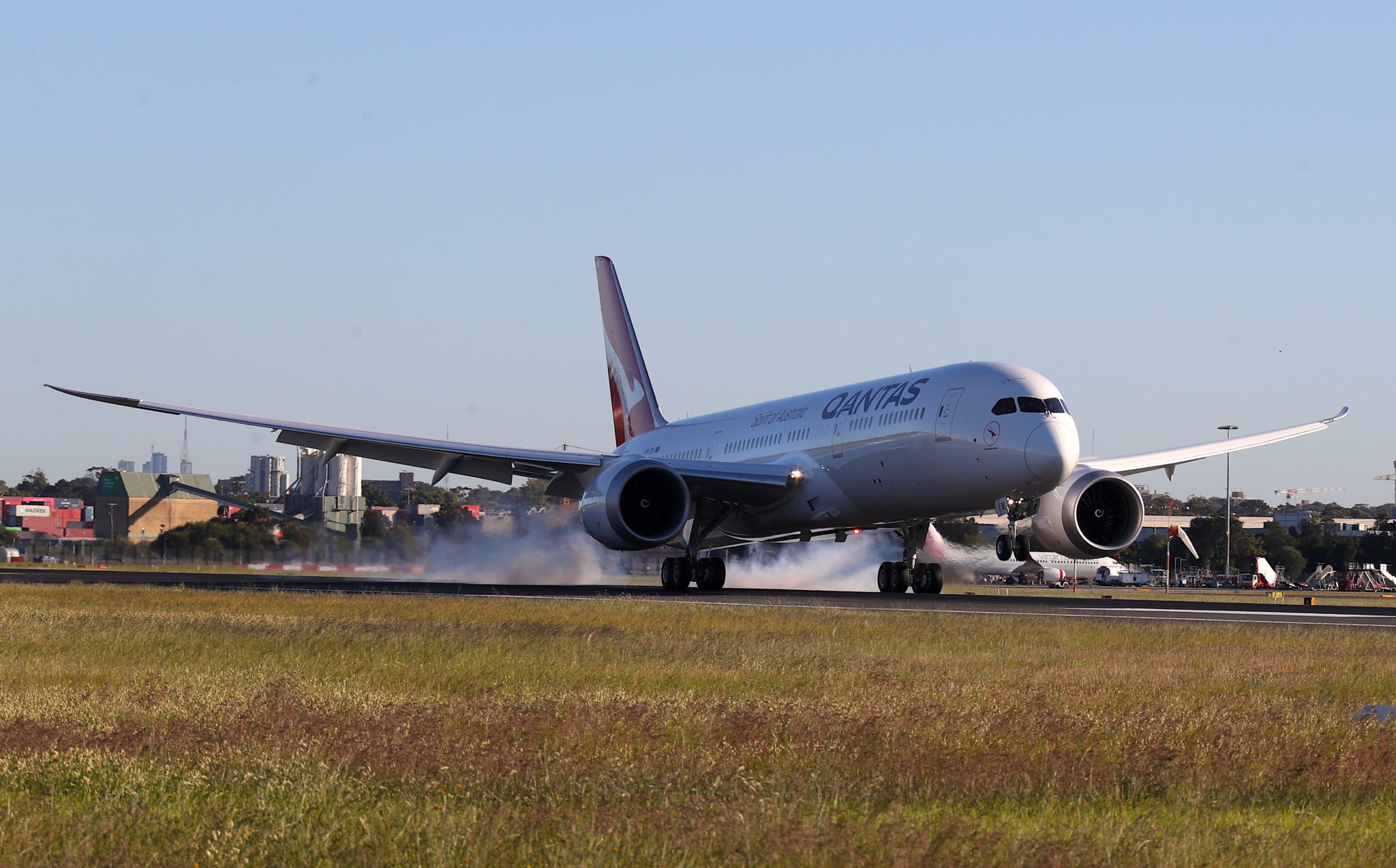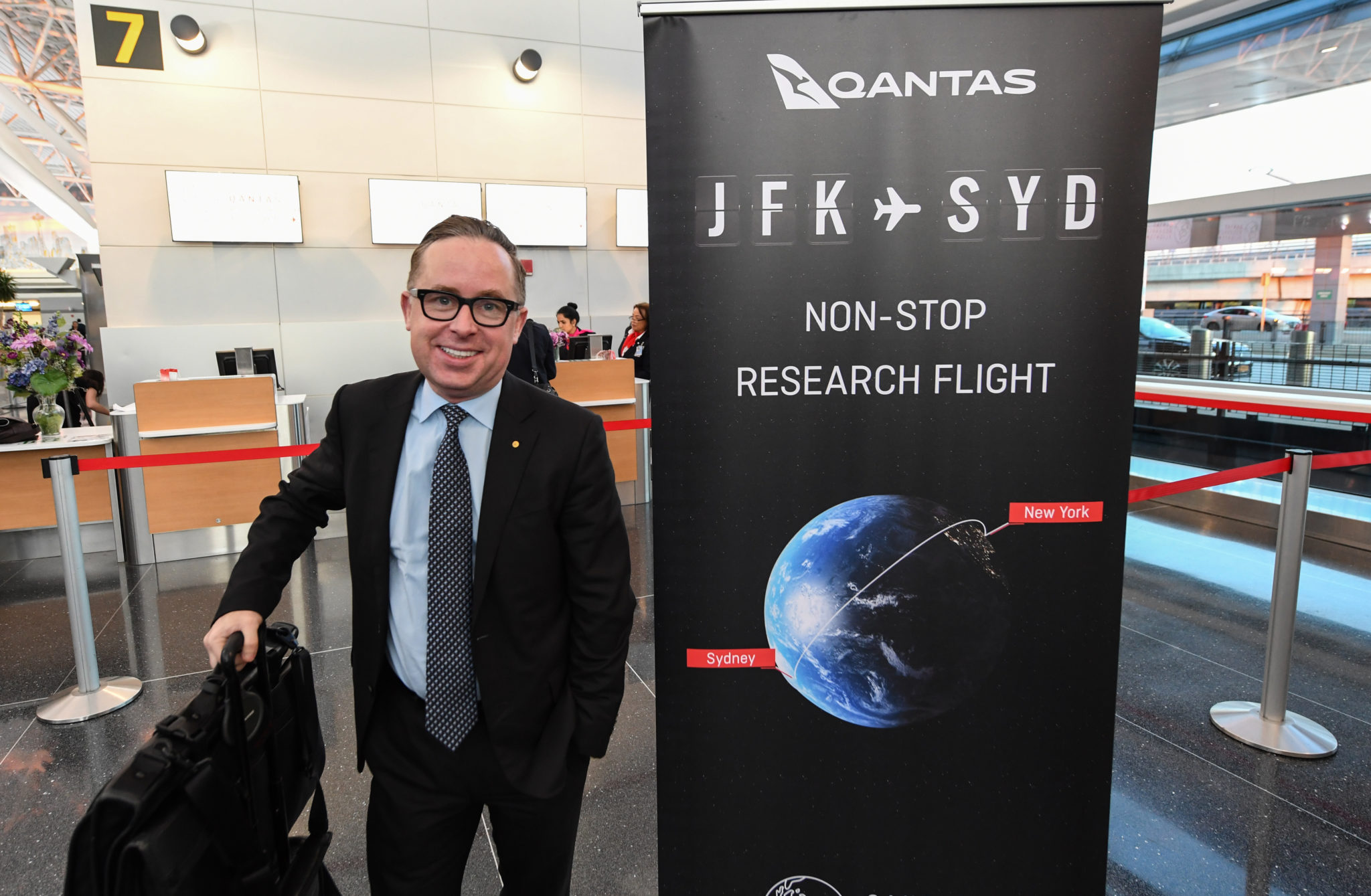World’s longest flight: Qantas jets from NYC to Sydney in 20 hours
Contributors are not employed, compensated or governed by TDM, opinions and statements are from the contributor directly

Aussie airline Qantas has completed the first non-stop commercial airline flight from New York to Sydney, touching the tarmac in Australia after 19 hours 16 minutes in the air.
A total of 49 passengers and crew were on the flight, which was used to run a series of experiments to assess health and well-being onboard. Data from these experiments will be used help shape the crew rostering and customer service of Qantas’ ultra long haul flights in future – including Project Sunrise .
Tests ranged from monitoring pilot brain waves, melatonin levels and alertness, through to exercise classes for passengers. Cabin lighting and in-flight meals were also adjusted in ways that are expected to help reduce jetlag.

Qantas Group CEO Alan Joyce (above) said: “This is a really significant first for aviation. Hopefully, it’s a preview of a regular service that will speed up how people travel from one side of the globe to the other.
We know ultra long haul flights pose some extra challenges but that’s been true every time technology has allowed us to fly further. The research we’re doing should give us better strategies for improving comfort and wellbeing along the way.
Night flights usually start with dinner and then lights off. For this flight, we started with lunch and kept the lights on for the first six hours, to match the time of day at our destination. It means you start reducing the jetlag straight away.”

“What’s already clear is how much time you can save. Our regular, one-stop New York to Sydney service (QF12) took off three hours before our direct flight but we arrived a few minutes ahead of it, meaning we saved a significant amount of total travel time by not having to stop,” added Joyce.
Qantas Captain Sean Golding, who led the four pilots operating the service, said: “The flight went really smoothly. Headwinds picked up overnight, which slowed us down to start with, but that was part of our scenario planning. Given how long we were airborne, we were able to keep optimising the flight path to make the best of the conditions.
“Overall, we’re really happy with how the flight went and it’s great to have some of the data we need to help assess turning this into a regular service,” said Captain Golding.


Comments are closed.